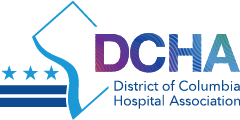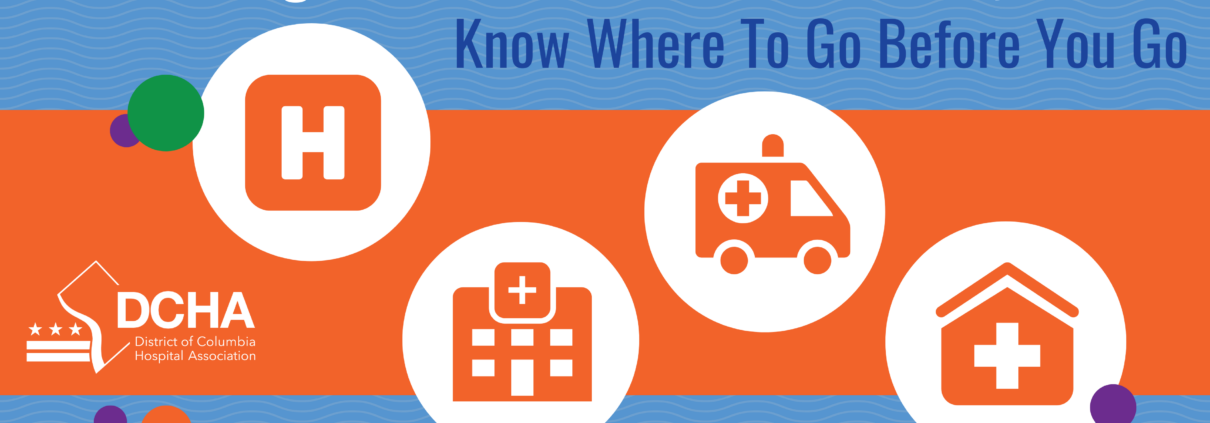
The DCHA Program Services Company, Inc, the District of Columbia Hospital Association’s non-profit arm, awarded its second Healthy Hospital Initiative Cooking Competition winners, recognizing exceptional teams and individuals for their best healthy dishes.
“We are so pleased to recognize and celebrate individuals and teams for working to make hospital food healthy and delicious for patients, staff and the community,” said DCHA President & CEO Jacqueline D. Bowens, “These hospitals and chefs made mouth-watering dishes proving that healthfulness is possible whether you’re cooking for one or 100.”

The 2022 Healthy Hospital Initiative Cooking Competition Awards were given to the following hospitals and individuals:
Psychiatric Institute of Washington: Overall Winner
Psychiatric Institute of Washington: Best Side Dish
The George Washington University Hospital: Best Entrée
MedStar National Rehabilitation Hospital: Best Dessert
All of the dishes used blueberries, the secret ingredient, to make their dishes unique, creative and delicious. Winners were presented with trophies and most importantly, have bragging rights on what hospital has the most delicious food.
The Healthy Hospital Initiative is a partnership between the DCHA Program Services Company, Inc. and DC Health to reduce the availability and consumption of sugar sweetened beverages and sodium intake, and to promote healthier choices in district hospitals.





